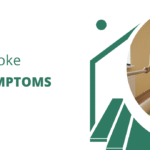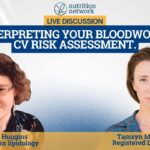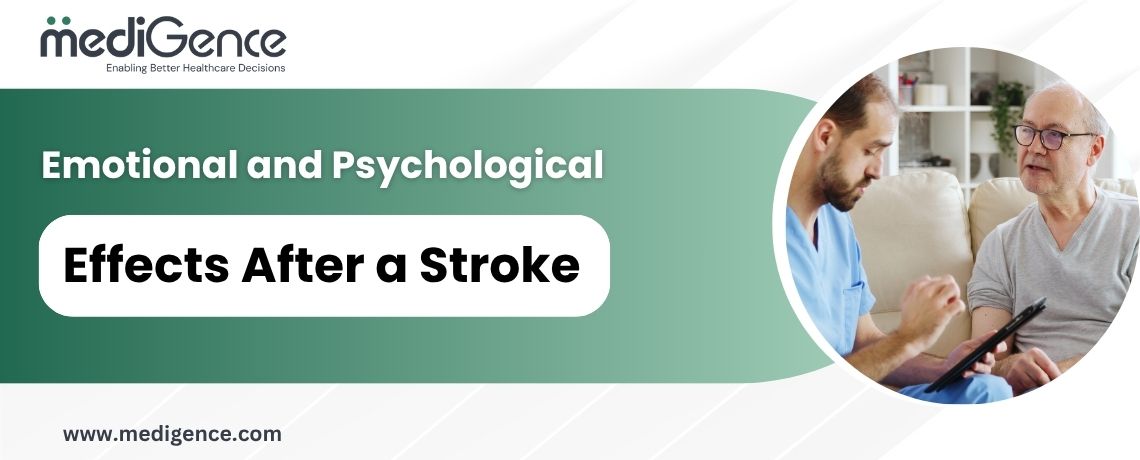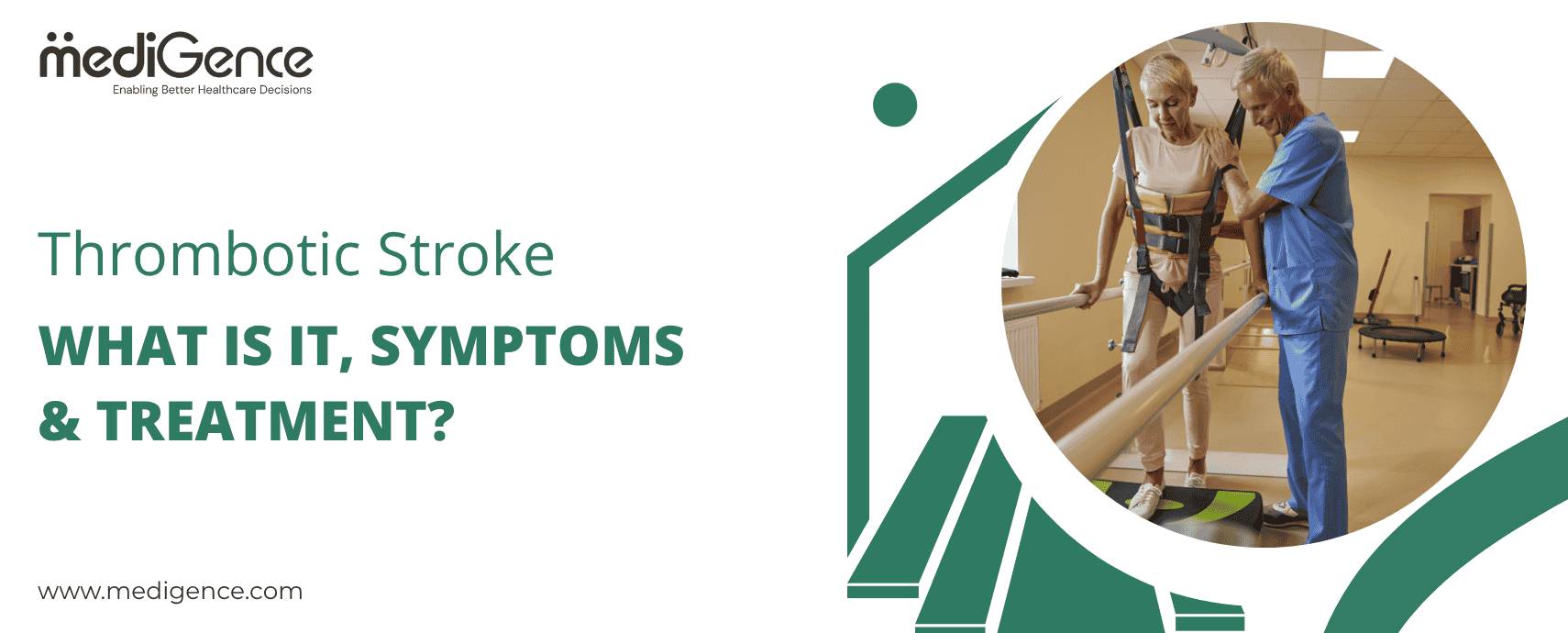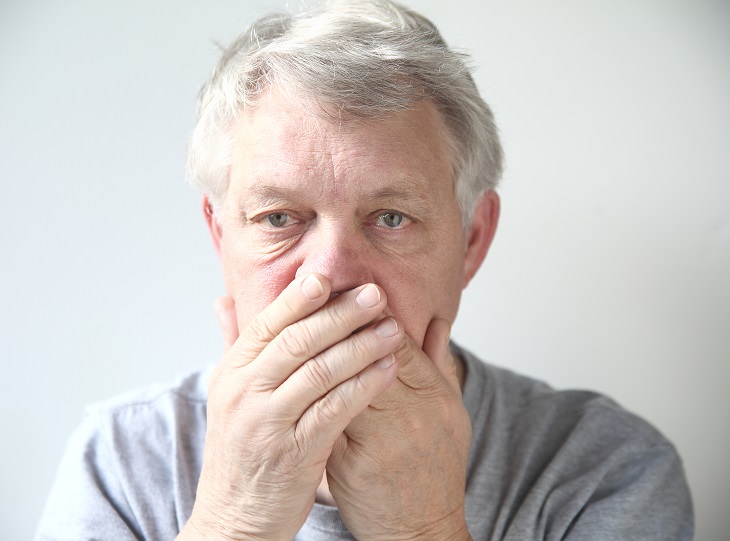Changes in behaviour and emotions are frequent outcomes of stroke. Strokes can significantly impact a person’s attitude and perspective. Still, they can also have a profound influence on the brain due to hormonal changes and the location of the injury within the brain.
Stroke is a common medical condition worldwide. The influence that stroke frequently has on mood is an underrated effect. Many people have PTSD, anxiety, sadness, and other psychological aftereffects. These diseases may profoundly impact their relationships and lifestyles. For our people, the psychological aspects of stroke present a public health issue as they cause severe drops in the patient’s and their family’s quality of life.
Why Do Emotional Changes Occur After Stroke?
When a sudden stroke occurs, the brain damage begins, brain cells start to die, and the area nearby also shows negative changes. The area of the brain responsible for emotions and personality may be injured. The patient is vulnerable to behavioural and emotional shifts in these situations. Furthermore, the patient’s mental health may be impacted by the trauma caused by the sudden appearance of a life-threatening incident.
Post-Stroke Depression (PSD): Depression (PSD) is the most studied emotional problem after stroke. Approximately one-third of stroke victims get PSD within one to five years after the stroke, according to a substantial body of research spanning many decades. These patients have greater death rates, lower quality of life, worse functional results, and higher rates of healthcare consumption.

Book Online Consultation
There are some predictions for PSD after stroke:
- Genetics: If there is a history of post-stroke depression in the family, it will become very evident that it will pass through generations.
- Age: Stroke before the age of 70 causes depression more than after the age of 70.
- Gender: Females are more prone to post-stroke depression than males.
- Speech Impairment: Depression is common in people who have speech impairment post-stroke.
Post-Stroke Anxiety
Compared to PSD, post-stroke anxiety problems have gotten far less attention. Excessive concern or anxiety and trouble managing fears are the main signs of post-stroke anxiety. In addition to the mentioned symptoms, three or more of the following are required per criteria from The Diagnostic and Statistical Manual of Mental Disorders:
- Restlessness
- Decreased energy
- Difficulty concentrating
- Irritability
- Nervous tension
- Sleeplessness
Post-traumatic stress disorder (PTSD): After witnessing a traumatic incident, in this case a stroke, it can be challenging to go back into daily life. Some people may have trouble falling asleep or relaxing, experience anxiety all the time, or have flashbacks or disturbing trauma memories. To recognise PTSD, there are symptoms:
- Nightmare about a traumatic event
- Avoid people related to trauma
- Isolation
- Anxiety level rising
- Difficulty falling asleep
- Easily irritate
- Burst out in anger
Treatment Approaches for Emotional and Psychological Effects After a Stroke
- Pharmacotherapies: These are the primary focus of the majority of research on treating mood disorders following stroke. Examined by a large number of research studies that deal with how different antidepressants improve PSD. It is well-known that not all depressed people respond to pharmaceutical therapies. Additionally, the adverse effects may not always be well tolerated, even in the context of a potential therapeutic response.
- Cognitive Behavioural Therapy: Studies on the PSD population have focused on psychotherapeutic therapies, primarily cognitive behavioural therapy. The goal of cognitive behavioural therapy (CBT) is to teach people how to recognise and change harmful patterns of thought that have a detrimental effect on their emotions and behaviour. Whether used in a group environment, alone, or in combination with antidepressant medication, this treatment approach seems to reduce the symptoms of anxiety and sadness that may arise post-stroke.
Conclusion
Stroke-related psychological consequences, including depression, anxiety, and post-traumatic stress disorder, are linked to a worse quality of life across several areas, which frequently affects social interactions and community involvement. One of the most prevalent and well-researched issues, PSD may have disastrous effects on the person who suffers, their family, and other people.
Since these mental disorders may frequently be treated, it’s critical to recognise them. Even after therapy ends, proper care can help sustain improvements in patients’ quality of life. To enhance the treatment of mood and mental disorders following a stroke, further study is required.
Support for caregivers may include making necessary adjustments to the home to help keep everyone safe and secure. Discussing feelings with a friend or family member can be a helpful experience. Taking a break might be facilitated by respite care.
Know more about: How family members can support a Stroke Patient’s recovery?




